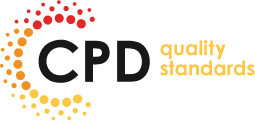What are the benefits of teaching methods?
Teaching methods offer benefits such as improved student engagement, better retention of information, development of critical thinking and problem-solving skills, and fostering a lifelong love for learning.
What is the best teaching practice?
The best teaching practice varies depending on the context and subject matter, but generally, it involves creating an engaging and inclusive learning environment, adapting to students’ individual needs, providing clear instructions, offering constructive feedback, and encouraging critical thinking and active participation.
What are the key benefits of using effective teaching practices in the classroom?
Implementing effective teaching practices helps enhance student engagement, improve learning outcomes, and create a more structured and supportive learning environment, ultimately leading to better academic performance and overall student development.
How can differentiated instruction support diverse learners in the classroom?
Differentiated instruction tailors teaching methods to meet the unique needs of individual students, allowing them to learn at their own pace and level, which helps address the varying abilities and learning styles within a classroom.
Why is formative assessment important in the teaching process?
Formative assessment provides continuous feedback to both teachers and students, allowing for the adjustment of teaching strategies and learning activities based on students’ progress, which helps ensure that learning objectives are being met effectively.
What role does collaborative learning play in student development?
Collaborative learning encourages students to work together, share ideas, and learn from each other, fostering critical thinking, communication skills, and teamwork, which are essential for their personal and academic growth.
How can teachers effectively implement reflective teaching practices?
Reflective teaching involves regularly evaluating and analyzing one’s teaching methods and strategies, identifying areas for improvement, and making necessary adjustments to enhance the overall effectiveness of instruction and student learning experiences.


![]() 7 minutes
7 minutes

































